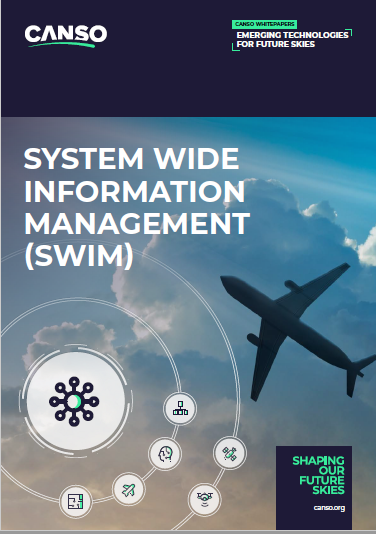Strengthening Global Airspace Resilience
Guidelines for Implementing a Minimum Operational Network (MON) using Conventional Navigation Aids (NAVAID) for Contingency During Global Navigation Satellite System (GNSS) Outages
In an era where Performance-Based Navigation (PBN) and GNSS have transformed ATM, their vulnerabilities, from radio frequency interference (RFI) to constellation disruptions, highlight the need for a strong contingency plan. The latest CANSO guidelines for implementing a MON provide a high-level framework to help ANSPs ensure seamless operations even during GNSS outages.
With input from global ANSPs, the document offers insights into how conventional NAVAIDs can support contingency operations, ensuring resilience in today’s evolving airspace environment.
The aviation industry’s shift toward PBN has yielded greater efficiency, direct routing, and operational flexibility. However, GNSS, the backbone of modern PBN, remains susceptible to interference from various entities, such as:
- RFI – Both unintentional (faulty transmitters) and intentional (jamming, spoofing)
- Solar Activity and Ionospheric Disruptions – Natural events impacting satellite signals
- Systemic GNSS Failures – Single-frequency vulnerabilities and evolving cyber threats
The CANSO MON document outlines a pragmatic approach for mitigating these risks, ensuring safe, reliable airspace operations even in GNSS contested environments.
The document offers a framework for ANSPs with guidelines to help ANSPs develop a contingency navigation strategy, ensuring that a minimum level of conventional NAVAID coverage is available in the event of GNSS disruptions.
Drawing from successful MON implementations in the United States, Canada, France, Spain, the Netherlands, Australia, and EUROCONTROL’s regional strategy, the document offers proven methodologies for maintaining navigation capabilities.
The guidance highlights:
- the role of DME/DME and VOR/DME as primary GNSS-independent solutions
- the importance of cross-border coordination between ANSPs to optimise MON coverage, and
- how civil-military collaboration ensures resilient navigation infrastructure
Takeaways for ANSPs:
- A MON is not a backup plan, it’s a critical safety layer. ANSPs must actively integrate MON planning into their PBN transition strategies, ensuring airspace resilience in the face of GNSS uncertainties.
- One size does not fit it all. Every airspace environment is different. The CANSO MON guidelines provide flexible approaches for both high-traffic (e.g., the U.S. VOR MON) and low-density (e.g., Australia’s Backup Navigation Network) airspace models.
- Technology, policy, and collaboration go together. Implementing a MON requires long-term infrastructure planning, coordination between airlines, ANSPs, and regulators, and investment in sustainable, cost-effective navigation solutions.
With aviation’s reliance on GNSS set to grow, the CANSO MON guidelines provide a timely blueprint for ANSPs looking to enhance navigation resilience. Whether you’re an airspace planner, or infrastructure manager, this document is essential reading to future-proof ATM systems.
Download the CANSO MON Guidelines here.
Have your say. If you work for a CANSO Member log on to my CANSO and tell us how is your ANSP is ensuring resilient navigation?




